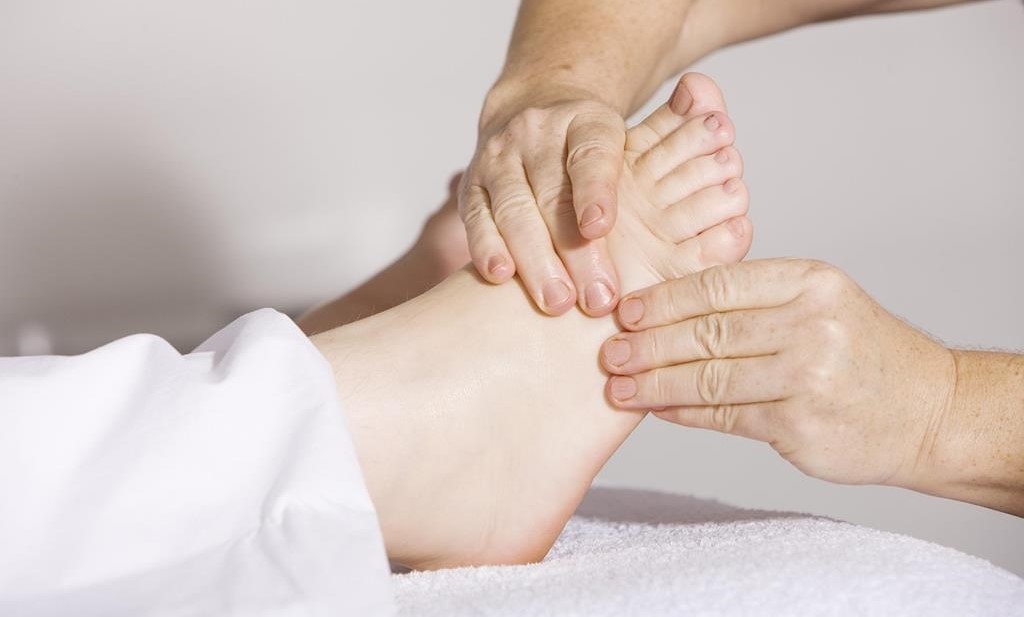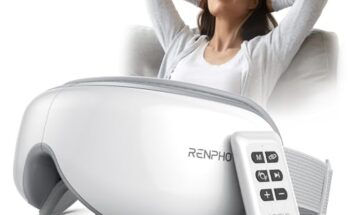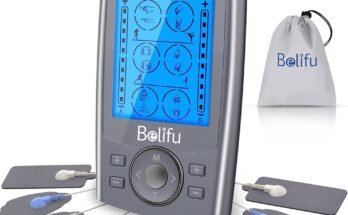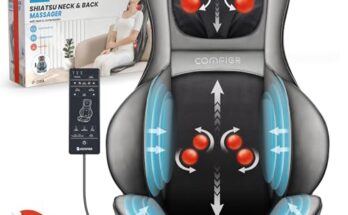Yes, Thai massage is often effective for relieving tension. It incorporates deep tissue pressure, stretching, and joint mobilization techniques that can help relax muscles and improve flexibility, reducing tension and promoting overall well-being.
The Origins Of Thai Massage
Thai massage, originating in Thailand, is renowned for its ability to relieve tension. Its techniques, including deep stretching and rhythmic compression, can effectively alleviate muscle tightness and promote relaxation. This traditional therapeutic practice is increasingly embraced for its valuable contribution in reducing stress and improving overall well-being.
Thai massage, also known as Nuad Phaen Boran, has a rich history that dates back thousands of years. It originated in ancient Thailand (then called Siam) and has been passed down through generations, evolving and incorporating influences from various cultures along the way.
Roots In Ancient Thailand
The roots of Thai massage can be traced back to ancient Thailand, where it was developed as a holistic healing practice. Thai massage is believed to have been inspired by the teachings of Buddha and his philosophy of compassion and mindfulness. It was originally practiced by monks as a form of meditation and healing, using touch, stretching, and pressure to balance the energy flow within the body.
Incorporation Of Indian And Chinese Practices
Over time, Thai massage incorporated elements from Indian Ayurvedic medicine and Chinese practices such as yoga, acupressure, and reflexology. These influences enhanced the therapeutic effects of Thai massage, making it an effective technique for relieving tension and promoting overall well-being.
The incorporation of Indian practices brought the concept of energy lines or “Sen” into Thai massage. In Ayurveda, energy lines are believed to run throughout the body, influencing physical, mental, and emotional health. Thai massage therapists use their hands, elbows, knees, and feet to apply pressure along these energy lines, helping to release blockages and restore balance.
Chinese practices like acupressure and reflexology contributed to the unique techniques found in Thai massage. Acupressure points, similar to acupuncture points, are targeted to stimulate healing and promote relaxation. Reflexology, which focuses on specific areas of the hands and feet connected to different parts of the body, is also incorporated to relieve tension and improve overall health.
By combining these different elements, Thai massage offers a comprehensive approach to relieving tension and improving the body’s natural healing abilities. It is not only a physical treatment but also a spiritual and emotional experience, promoting a sense of deep relaxation and rejuvenation.
Understanding Thai Massage Techniques
Thai massage is a traditional form of bodywork that focuses on releasing tension and promoting overall wellness. This ancient therapeutic practice combines elements of yoga, acupressure, and meditation to provide a unique and holistic healing experience.
Semantic Energy Lines (sen)
In Thai massage, the key concept behind its effectiveness lies in the concept of Sen. Sen lines are considered the pathways through which the body’s energy flows. It is believed that blockages or imbalances in these lines can lead to physical discomfort and mental stress.
During a Thai massage session, a skilled therapist applies pressure along these energy lines, using their palms, thumbs, feet, and elbows. This targeted pressure helps to stimulate and release any energy blockages in the body, allowing the energy to flow freely once again.
Yoga-like Stretching And Massage Movements
Another unique aspect of Thai massage is the inclusion of yoga-like stretching and massage movements. These movements aim to improve flexibility, increase range of motion, and relieve muscular tension.
During the session, the therapist will guide you into various stretches and positions, combining gentle pulling, stretching, and twisting motions. These movements help to release joint stiffness, improve circulation, and promote deep relaxation.
Unlike a traditional massage, Thai massage is usually performed on a floor mat, allowing the therapist to use their body weight effectively while incorporating both stretching and massage techniques.
Incorporating Html Syntax
If we talk about HTML syntax, we can use different elements and attributes to structure the content of this blog post section. For example, we can use the h2 element for the main heading, the h3 element for subheadings, p elements for paragraphs, and ul/ol elements for lists.
| HTML Syntax | Description |
|---|---|
Understanding Thai Massage Techniques |
Main heading of the section |
Semantic Energy Lines (Sen) |
Subheading about Sen Energy Lines |
Yoga-like Stretching and Massage Movements |
Subheading about Yoga-like Stretching and Massage Movements |
|
Paragraph text |
Content in a paragraph format |
|
Unordered list format |
|
Ordered list format |
By utilizing HTML syntax, we can structure the content for better readability, search engine optimization, and accessibility.
In conclusion, understanding the techniques used in Thai massage, such as targeting energy lines and incorporating yoga-like stretching and massage movements, can help us appreciate its profound benefits in relieving tension and promoting overall well-being.
Health Benefits Of Thai Massage
Thai massage offers numerous health benefits, and it is particularly effective in relieving tension. This traditional therapy combines stretching, acupressure, and deep tissue work to release muscle tension and promote relaxation, making it an excellent choice for those seeking relief from tension-related issues.
Stress And Tension Reduction
Thai massage is an effective way to relieve stress and tension. The deliberate movements and stretching techniques employed in this massage style help to release built-up tension in the muscles.
Improved Circulation And Flexibility
One of the key benefits of Thai massage is improved circulation and flexibility. The rhythmic pressing and stretching actions stimulate blood flow and help enhance flexibility, leading to a sense of rejuvenation.

Credit: www.coralgardensatgracebay.com
Thai Massage For Tension Relief
Thai Massage offers incredible benefits when it comes to relieving tension from our bodies. Implementing a combination of gentle stretches, acupressure, and deep massage, Thai Massage For Tension Relief provides a holistic approach to restoring balance and harmony.
Easing Muscle Tension
By targeting key muscle groups and applying pressure along energy lines, Thai Massage helps release built-up tension and enhances flexibility.
Alleviating Mental Stress
Through deep relaxation and mindful breathing techniques, Thai Massage aids in calming the mind, reducing anxiety, and promoting overall well-being.
Incorporating Thai Massage Into Your Wellness Routine
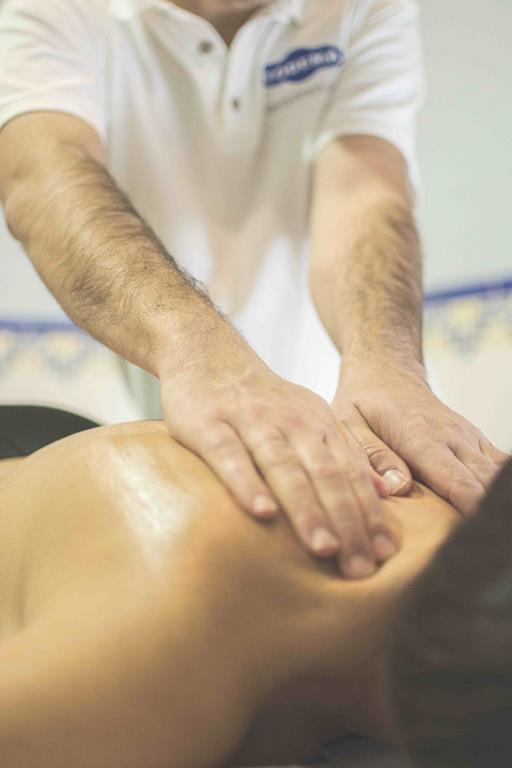
Search for certified Thai massage therapists in your area. Check their credentials to ensure professionalism and expertise.
Enhance the effects of Thai massage by combining with meditation or yoga exercises for a holistic wellness approach.
Frequently Asked Questions
Is Thai Massage Good For Tight Muscles?
Thai massage is effective for relieving tight muscles due to its focus on acupressure points and stretching techniques. It promotes blood circulation and helps release tension, promoting muscle relaxation. Its combination of deep tissue pressure and yoga-like movements can bring relief and flexibility to tight muscles.
What Is The Best Massage For Muscle Tension?
The best massage for muscle tension is deep tissue massage. It targets deep layers of muscle and connective tissues to relieve tension and discomfort. This type of massage can help improve circulation and reduce muscle tightness, promoting relaxation and pain relief.
What Type Of Massage Is Best For Tightness?
Deep tissue massage is best for tightness as it targets deeper layers of muscles to release tension.
What Is The Point Of Thai Massage?
Thai massage aims to release tension, improve circulation, promote relaxation and increase flexibility in the body.
Conclusion
Thai massage can effectively relieve tension and promote relaxation in the body. Its unique combination of acupressure, stretching, and deep tissue techniques can target specific areas of tension and release built-up stress. Incorporating regular Thai massage sessions into your wellness routine can lead to improved mental and physical well-being.
